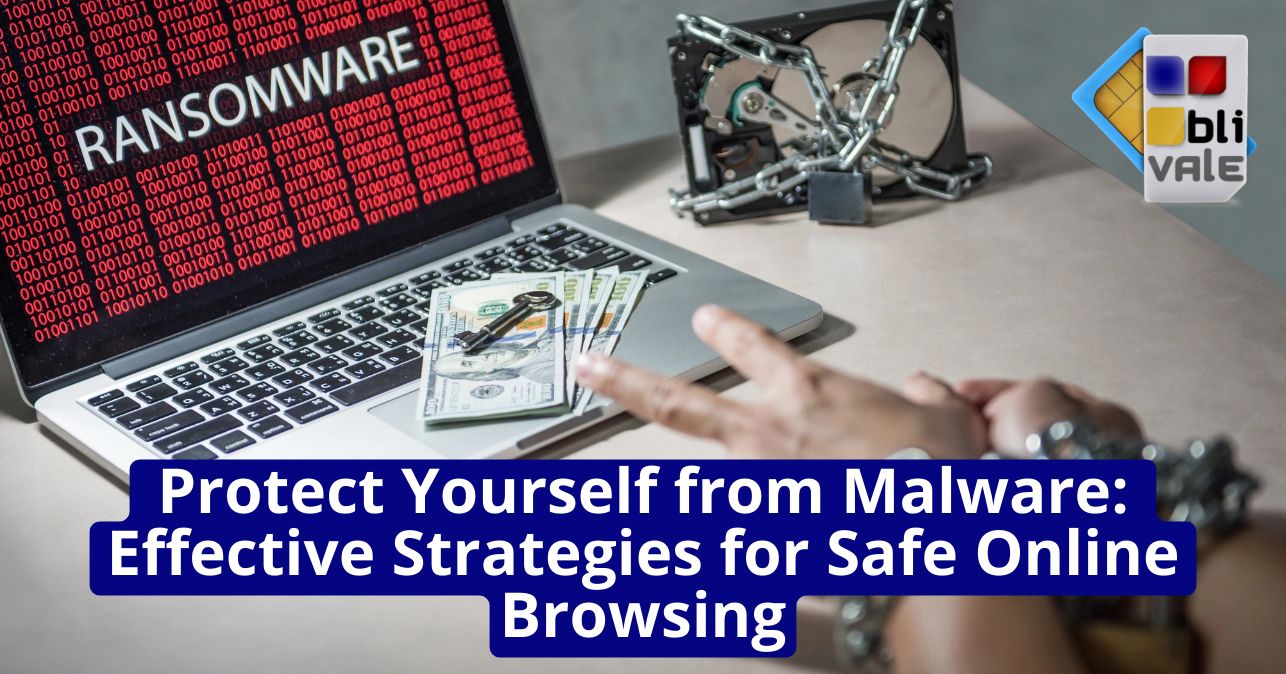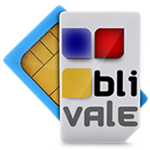In the digital age we live in, surfing the Internet has become an essential part of our daily lives. Whether it's for work, communicating with friends and family, or simply searching for information, the web has become a natural extension of our world. However, with this increased connectivity comes a growing risk: that of encountering websites infected with malware, malicious software that can compromise the security of our devices and personal data.
Verify the website URL
The first step in identifying a potentially dangerous website is to carefully examine the URL. Malicious websites often use URLs that look similar to legitimate sites, with small spelling variations or strange characters, in an attempt to trick users. Before visiting a site, make sure the URL is correct and does not contain anything suspicious.
Check for the presence of the safety lock
Another important sign of a website’s security is the presence of the HTTPS protocol and the related SSL certificate, indicated by the presence of a padlock in the browser’s address bar. Secure websites use HTTPS to encrypt the communication between your device and the server, thus protecting your data. If the padlock is not present, the website may not be secure and it may be better to avoid it.
Check the website reputation
There are several online tools that allow you to check the reputation of a website and its safety. Google Safe Browsing and VirusTotal are two examples of services that analyze websites and provide a report on their reliability. Before visiting an unknown site, do a quick search to make sure it hasn't been flagged as dangerous.
Beware of pop-ups and ads
Malicious websites often use deceptive pop-ups and ads to spread malware. Avoid clicking on any suspicious pop-ups or ads, even if they appear to come from a trusted source. These items could be used to install malicious software on your device.
If you are thinking of taking a trip alone or with friends or for work, do not forget the importance of staying connected wherever you are. For unlimited Internet connection, contact BLIVALE where you can get unlimited Internet according to the destinations:
For unlimited plans like data BLIVALE guarantees free roaming anywhere in the world, no additional or hidden costs. Don't let the lack of connection stop you; get ready to explore the world with freedom and spontaneity.
Install a reliable antivirus
A good antivirus can be your best ally in protecting yourself from malware. Make sure you have updated antivirus software installed and that it scans your device regularly. Modern antivirus software can detect and block most threats, offering solid protection.
Don't download files from untrustworthy websites
Untrustworthy websites can contain malware-infected files. Avoid downloading any type of file, such as documents, images, or software, from websites you don't know or trust. This is a common way to spread malware, so be careful.
Keep your software up to date
Software updates often include security fixes that can protect your device from the latest malware. Make sure to keep your operating system, browser, and all other installed software up to date. This will help you stay safe from the latest threats.
Use common sense
Finally, don’t underestimate your instincts. If a website seems suspicious or makes you feel uncomfortable, don’t hesitate to avoid it. Trust your own judgment and be careful about what you do online. It’s better to be safe than sorry later.
Conclusion
Staying safe online is essential in this digital age. By following these simple strategies, you can significantly reduce the risk of encountering malware-infected websites and protect your devices and personal data. Remember: prevention is the key to safe and worry-free browsing. Take the time to verify the trustworthiness of the websites you visit, and don't hesitate to use the tools and resources available to you to stay safe.









